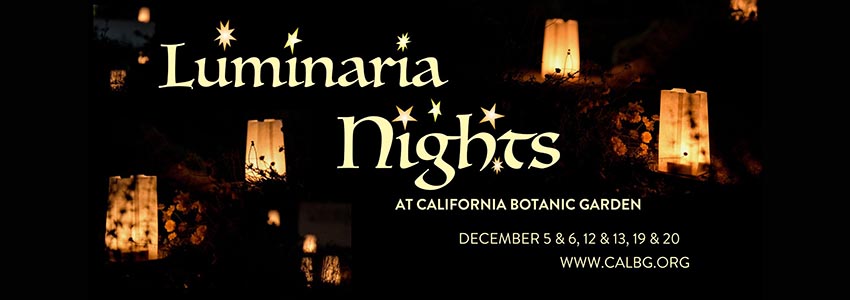Readers comments: July 29, 2022
City should consider cannabis as medicine
Dear editor:
I know nothing about cannabis as a street drug. The warnings expressed by Mick Rhodes in the July 22 COURIER are, indeed, frightening.
I do, however, have a decade of anecdotal experience with cannabis as medicine for my personal use. I am not a scientist. I write from practical knowledge derived from direct observation and individual trial and error usage through tinctures and gel caps, not investigative, comprehensive, disciplined research.
In 2013, out of desperation, seeking help for a neurological condition with which I had struggled with for over 50 years, a condition for which traditional medicine had offered many pharmaceuticals but no satisfying, lasting solution, I succeeded in garnering help from cannabis.
Although California had been the first state to pass the Compassionate Use Act in 1996, assistance for understanding cannabis as medicine was virtually nonexistent. I still don’t know a lot, but I have great respect for the complexity of the dozens of cannabinoids found in hemp (cannabis plants that produce less than 0.3% THC) and the marijuana version that has numerous non-hallucinogenic components (CBD, CBG, and CBN to name a few) as well as the more famous hallucinogenic THC.
I am not particularly interested in seeing storefront or delivery cannabis dispensaries in Claremont. There are plenty of those around. However, Claremont’s unique complexion could easily facilitate/support adjunct endeavors such as knowledgeable cannabis health practitioners as well as research and information projects. And as the city continues to explore taxation possibilities, I hope our citizens can listen with an open mind.
Janice Hoffman
Claremont
Court takes a page from “Handmaid’s Tale”
Dear editor:
Gina Ortiz’s recent letter [Readers comments: July 22] was very compelling. Where to begin with the overturning of Roe v. Wade? Supreme Court decisions are starting to resemble something out of Margaret Atwood’s “The Handmaid’s Tale.” Are they actively trying to take us back to the 1950s and earlier? (See the 2022 HBO documentary “The Janes” for a first-hand glimpse of what women went through before Roe.) The lack of religious and philosophical diversity on the Court stands in stark contrast, sadly, to America’s actual diversity: six of the nine justices are Catholic, five of whom are very conservative; one was raised Catholic but is now Episcopalian; one is Protestant; one Jewish. Based on recent approximations, Catholics account for 21% of the population and Protestants 43%. Atheists, agnostics, and the unaffiliated (“no religion in particular”), is a growing demographic at 29%. Sixty-seven percent of the justices then represent one religion, 78% if you add the justice who’s now Episcopalian.
It’s no mystery the goal to overturn Roe has been in the works since the day it was passed, so this ruling was really no surprise. As one observer has noted, if male reproductive rights were under attack (mandatory vasectomies, a ban on Viagra, etc.), things would be handled quite differently.
And don’t get me started on the rather spurious concept of Constitutional originalism. How does this idea wash with the Court’s support of gun rights and citizens allowed to own weapons of war? I would think the originalists would support owning muskets with no restrictions and that’s about it. Then there’s the Citizens United decision that opened the floodgates to the spending of truckloads of money to influence elections, making dark money interests often more influential than “we the people.” The Supremes also dealt a blow or two to the Voting Rights Act and we have turbo-charged gerrymandering as a result. One must conclude, then, that if the conservative justices are in favor of something, they’ll figure a way to shoehorn it into their alleged philosophy of constitutional law.
Don Linde
La Verne
Don’t blame Court’s Roe decision on religion
Dear editor:
Many would like to blame organized religion as the main opponent of women’s choice. That is simply not true.
Believe it or not the original opponents to abortion in the United States were not religious leaders but members of the American Medical Association. It was the misogyny, racism and greed of white, male doctors that led to a crusade against midwives, many of them Black and politically and economically powerless. The AMA sought and received the support of the Roman Catholic Church.
When legal abortions were only available in the state of New York a group of courageous religious leaders created the Clergy Consultation Services which was a veritable “underground railroad,” providing transportation, psychiatric services (required by New York) and gynecological services, helping thousands of women. It was a United Methodist lawyer, Sarah Weddington, who argued at the Supreme Court on behalf of Roe v. Wade. Mainline Protestant churches, along with representatives of many other faiths, helped to create the Religious Coalition for Abortion Rights [now the Religious Coalition for Reproductive Choice]. Roman Catholics birthed Catholics for Free Choice [now Catholics for Choice], and the religious advisory board of PPFA helped create the position of national chaplain, which I held for six years.
If anyone doubts that the fight against women rights is a political ploy created primarily by conservative Republicans, all that is needed is to remember that Ronald Reagan, Bush father and son, and countless other conservative politicians became “pro-life” after the religious right — not the mainline organized religious bodies — promised to deliver votes for them if they recanted their pro-choice stances. It was, after all, Ronald Reagan who enthusiastically signed the law making abortions legal in the Golden State.
It all began with the AMA. Don’t forget that and don’t forget why.
Rev. Dr. Ignacio Castuera
Claremont




Readers’ comments: December 5, 2025